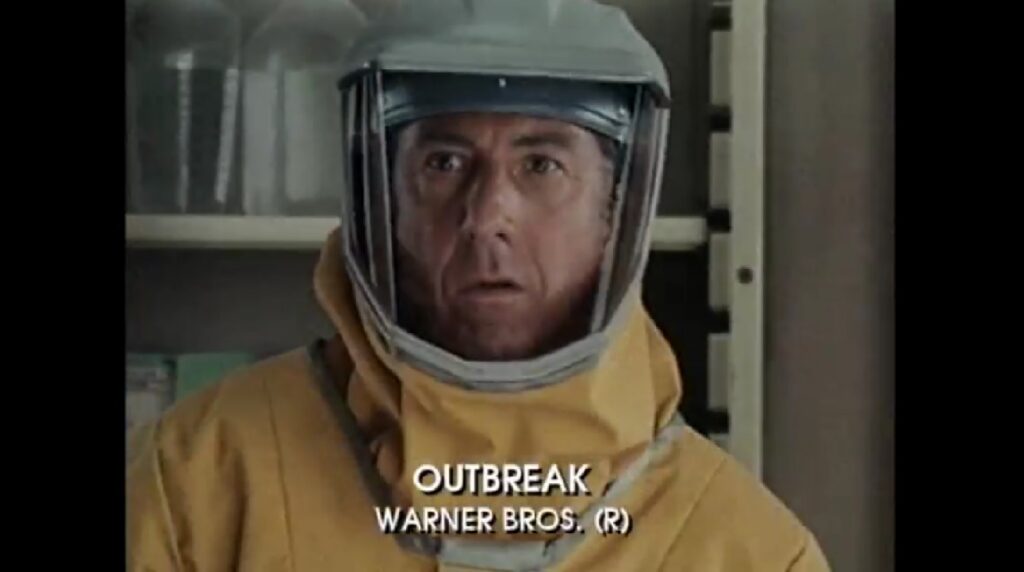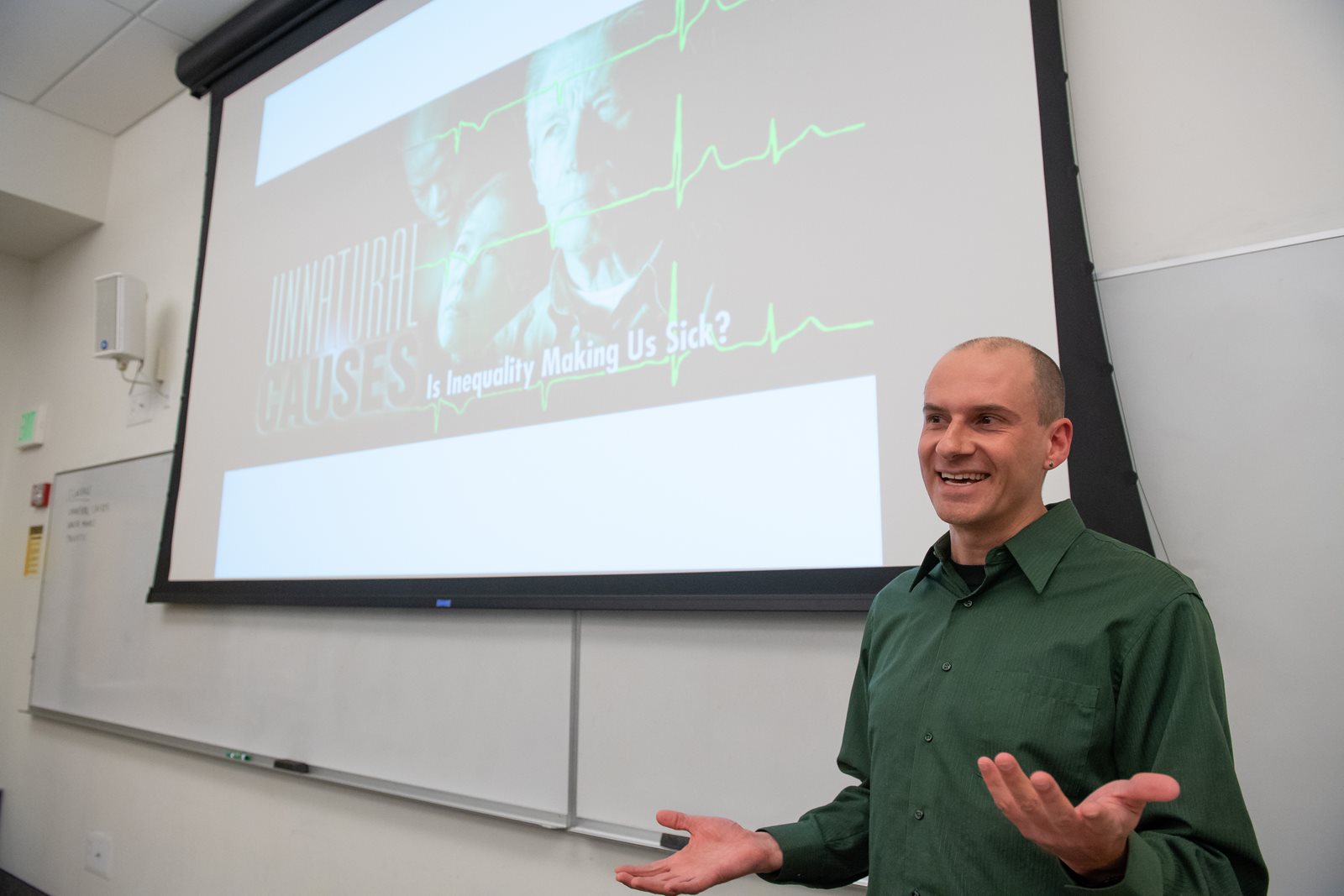(UPDATE 03/18/2020) Chris Wade plans to use “Contagion” again this spring in a public health course, but he says he’ll check his students’ stress level first. “This assignment takes on a different tone following the coronavirus outbreak in the Puget Sound. In the past, I used “Contagion” to teach about the realities of epidemics to connect with students who often found the concepts to be abstract. It was interesting how engaged they became once they could imagine an epidemic in the context of a story.”
While we have all seen movies used to teach in classrooms, does the evidence show that they are actually effective in helping students learn? The question is addressed in research by University of Washington Bothell Associate Professor Chris Wade, who notes that the process of dramatization also can convey the wrong message.

For example, in the 1995 action thriller “Outbreak,” Dustin Hoffman plays a disease-control doctor in the Army who is trying to create an antiserum for a virus that has stricken residents of a small town and infected his ex-wife, played by Rene Russo. Meanwhile, others in the military would prefer to stop the whole epidemic with a bomb.

Wade is a Dustin Hoffman fan but said “Outbreak” is a poor illustration of the public health process. Conversely, the more carefully developed 2011 thriller, “Contagion,” better explains real-life issues in dealing with communicable diseases, Wade said.

In this film, Gwenyth Paltrow plays a woman who returns from a business trip overseas feeling ill and then contributes to spreading a mysterious virus. The Centers for Disease Control and Prevention and the World Health Organization struggle to save humanity from an illness spreading in geometric progression.
“Contagion” is an example of a movie that Wade asks his students to stream so they can discuss it in his public health courses in the School of Nursing & Health Studies. They use the movie to talk about science, global politics and the social impacts of a devastating disease on a community. The movie also serves as a platform for strategizing solutions.

Wade, who joined UW Bothell in 2010, started using a range of movies, TV clips and documentaries to help give his students an emotional connection to course concepts. He noticed that the “moving media” better engage students who find textbooks too dry. “I saw this considerable interest,” Wade said.
He then documented the benefits and drawbacks of using movies to teach in a research paper, “Student and Faculty Perspectives on the Use of Movies in Public Health Pedagogy.” Coauthored with five students, the paper was published in 2017 in the journal Pedagogy in Health Promotion.
The researchers surveyed 109 health studies majors and 27 faculty members at UW Bothell. Their findings align with other research that found the use of movies in health education is viewed favorably.
This is hardly surprising; the more important findings from the UW Bothell research suggest that across existing frameworks for assessing teaching, participants reported substantial benefits for learning.
“Movies seem to be most used for analyzing public health issues, communicating effectively, relationship building and cultural competency,” Wade said.
The paper found that 74 percent said watching health-related movies also influenced their career decisions.
“The emotional connection can be really motivating in thinking about what they want to do,” Wade said. “These emotional impacts may be helping formulate ideas about who and what they want to be going forward.”
The paper also was valuable research experience for the student coauthors: Tyler Barrientos, Marc Macarulay, Whitney Alderson, Portney C. Shibale and Cathy Le. All graduated and are now working in health fields or enrolled in graduate programs, Wade said. “It was delightful to work with them and their perspective as students was invaluable as we were deciding how to study this question.”




